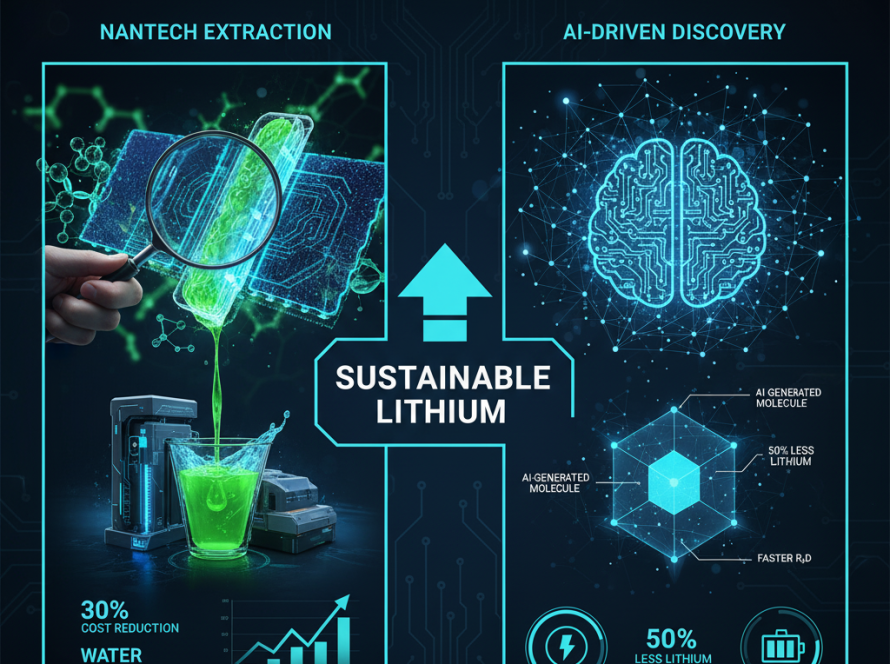Washington is betting billions on carbon capture, but red tape may slow the payout. The Inflation Reduction Act (IRA) has made CCUS one of the most incentivized climate technologies in history. Yet proposed reforms and agency delays are creating both opportunity and uncertainty for executives charting a decarbonization path.
Executive Summary
The United States currently offers the world’s most generous CCUS incentives, with tax credits of up to $180 per ton for Direct Air Capture (DAC) and $85 per ton for point-source capture under Section 45Q. New legislation such as Section 45BB and the Enhanced Energy Recovery Act aims to further expand and simplify the incentive structure, creating a technology-neutral credit framework. However, regulatory bottlenecks, including permitting pauses and agency restructuring, are likely to complicate project execution in the near term.
Key Takeaways
- Section 45Q currently provides $85 per ton for point-source sequestration and $180 per ton for DAC.
- New proposals, including 45BB and the Enhanced Energy Recovery Act, seek to establish higher and more flexible credits.
- Policymakers are signaling that CCUS is intended to become a central pillar of U.S. decarbonization strategy.
- Administrative delays and permitting backlogs pose immediate execution risks for project developers.
- Executives must evaluate both upside potential from enhanced credits and downside risks from regulatory lag.
Where the Money Is
Section 45Q: The Current Backbone
The Inflation Reduction Act expanded Section 45Q into a powerful driver of CCUS investment. The structure is straightforward: $85 per ton of captured CO₂ from industrial and power sources and $180 per ton from DAC projects that remove CO₂ directly from the atmosphere. At these levels, many projects once considered financially unviable now become investable.
45BB and the Enhanced Energy Recovery Act: The Next Phase
Two pieces of legislation now under discussion could further transform the economics of CCUS. Section 45BB proposes a technology-neutral credit system that rewards any verified carbon reduction or removal, regardless of method. The Enhanced Energy Recovery Act expands eligibility while raising payout levels for emerging CCUS pathways. Together, these measures could open the door to entirely new business models beyond cement, steel, and power generation.
The Bottleneck: Administrative Delays
Incentives may be strong, but execution is not guaranteed. Recent pauses in permitting, combined with agency restructuring, have slowed the approval process. This creates a paradox for investors and operators: projects appear highly profitable on paper but face uncertainty in achieving timely funding and regulatory clearance.
Why This Matters for Executives
Financial Strategy: These credits can transform return-on-investment calculations, turning CCUS into a strategic asset rather than a compliance cost.
Competitive Positioning: Early adopters secure tax credits and regulatory goodwill before potential changes in caps or political direction.
Risk Management: Delays in permitting or shifts in policy could leave capital stranded, making careful scenario planning essential.
Investor Relations: Demonstrating a clear strategy around CCUS incentives enhances credibility with ESG-focused investors and institutional stakeholders.
Case in Point
The current moment resembles the early days of solar subsidies two decades ago. At that time, skeptics questioned cost and scalability, yet those who moved first captured both market share and long-term credibility. CCUS is now at a similar inflection point, but with even greater political visibility and regulatory complexity. The companies that master both the financial incentives and the bureaucratic landscape will define the market.
What This Means for Leaders
- Conduct scenario modeling that accounts for both the current Section 45Q framework and potential enhancements under 45BB.
- Build or acquire regulatory expertise to navigate permitting and compliance processes with speed and precision.
- Time investments strategically to align with incentive windows while accounting for inevitable administrative delays.
Bottom Line
The United States has never offered such strong financial support for carbon capture. The incentives are real, but so are the risks of delay. Executives who understand both sides of the equation will not only capture carbon but also capture market leadership in the next phase of industrial decarbonization.



